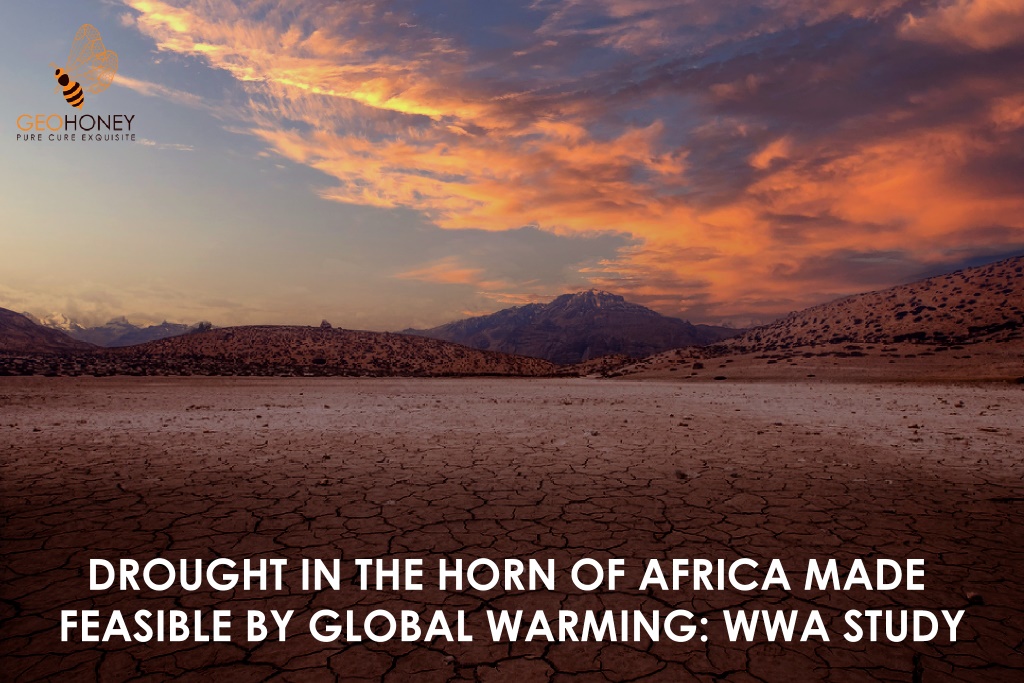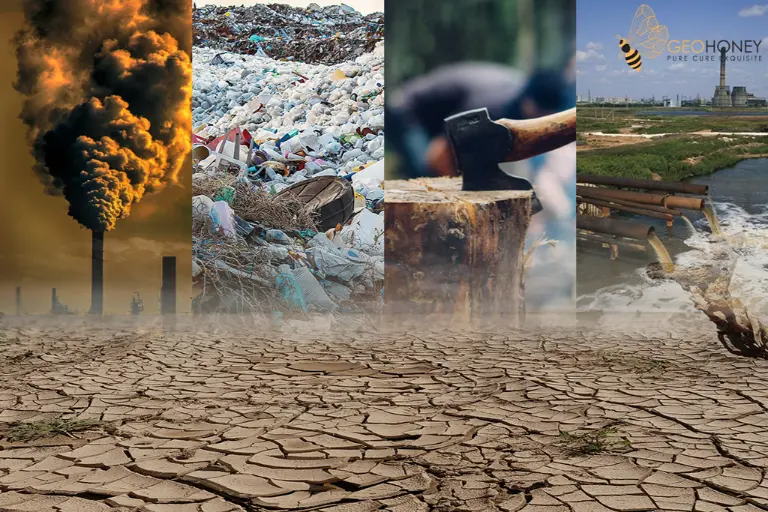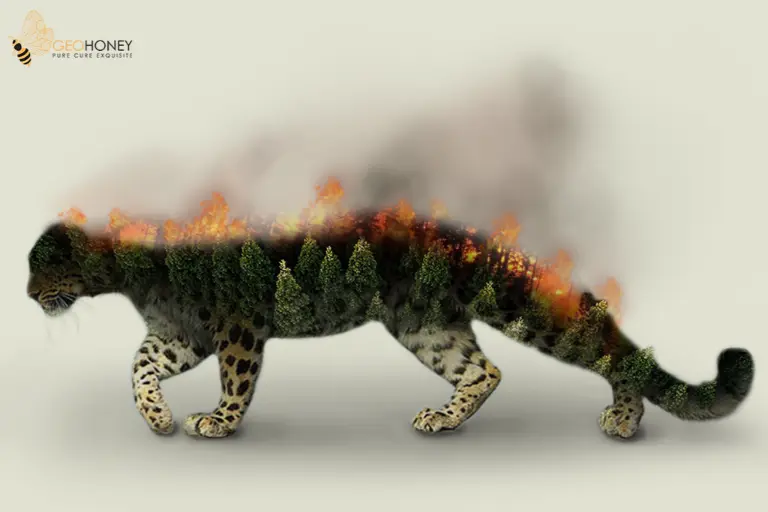- Tokyo: 03:50
- Singapore: 02:50
- Dubai: 22:50
- London: 18:50
- New York: 13:50
Drought In The Horn Of Africa Made Feasible By Global Warming | WWA Study

According to World Weather Attribution scientists, increased greenhouse gas emissions rendered the nearly three-year drought 100 times more likely.
According to an analysis released on Thursday, the drought that has left 4.35 million people in the Horn of Africa in desperate need of humanitarian help – with 43,000 estimated to have died in Somalia last year – would not have been possible without climate change.
Since October 2020, Ethiopia, Kenya, and Somalia have seen five failed consecutive rainy seasons, dubbed "the worst drought in 40 years" by relief organisations.
Despite the fact that the causes of the drought are complicated, a team of international climate scientists with the World Weather Attribution (WWA) organisation discovered that rising greenhouse gas emissions increased the likelihood of drought by at least 100 times.
"Climate change has made this drought exceptional," said Joyce Kimutai, a climate scientist with the Kenya Meteorological Department who collaborated with WWA to determine the role of climate change. She and her colleagues discovered that in a world that was 1.2 degrees Celsius (2.2 degrees Fahrenheit) cooler, the combination of low rainfall and evapotranspiration "would not have resulted in drought at all."
Unlike high heat and heavy rainfall, scientists are having a more difficult time determining climate change's role in global droughts.
The WWA team determined that climate change had rendered the Horn of Africa's long rains from March to May twice as likely to underdeliver, and the short rains from October to December wetter, using computer models and climate measurements.
However, the nearly three-year drought has also coincided with La Nina, an ocean phenomenon caused by unusually cold water in the equatorial Pacific that has been linked to East Africa's below-average short rains. This eventually offset the additional moisture brought on by climate change.
"If you have a doubling of the chance of a severe drought, that really sets the stage for these sequential shocks that have devastated the region," said Chris Funk, a climatologist at the University of California, Santa Barbara who was not involved in the study.
A warmer temperature means that more water evaporates from the soil and transpires from plants into the sky, in addition to decreased rainfall in the Horn of Africa. Many of those affected in the region are pastoralists or farmers who have seen crops wither and water supplies dry up.
"This drought is primarily caused by a significant increase in evaporative demand caused by high temperatures," Kimutai explained.
She noted that, despite earlier projections of a sixth failed rainy season, the region is currently experiencing rain.
Although farmers and pastoralists would need much more rain to recover, "it's really encouraging that we're seeing rainfall in the region right now," Kimutai said.
The humanitarian response has been hampered by the conflict in Ukraine, as traditional benefactors in Europe redirect funds to a problem closer to home.
Source: aljazeera.com




Some may think that the greenhouse emission can lessen the effect of climate change but, there are also effects of this in other countries in which drought.
So this greenhouse gas emission, caused drought? we all know without rain, there will be no plants to live and no animals can live as well, therefore no livelihood for these people.